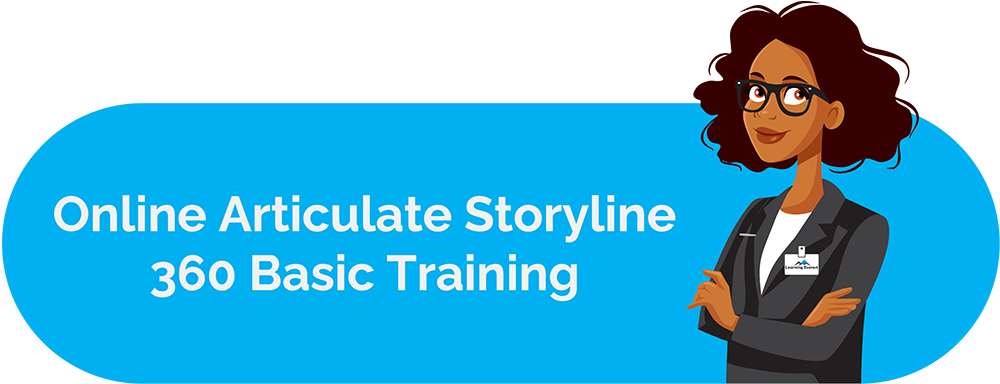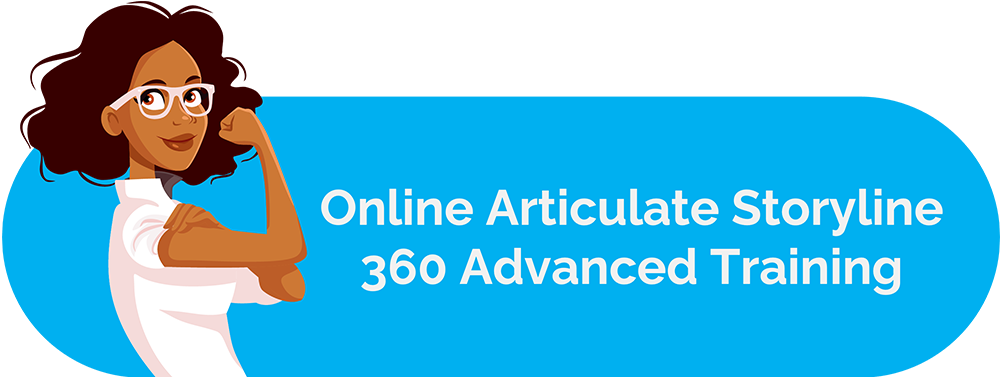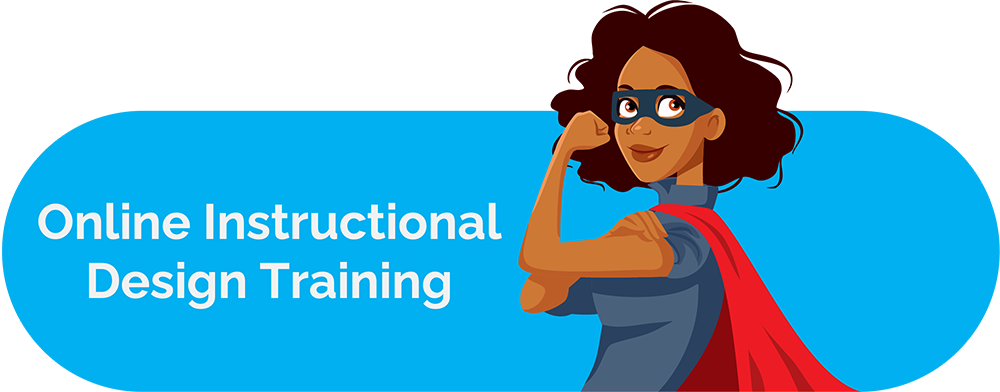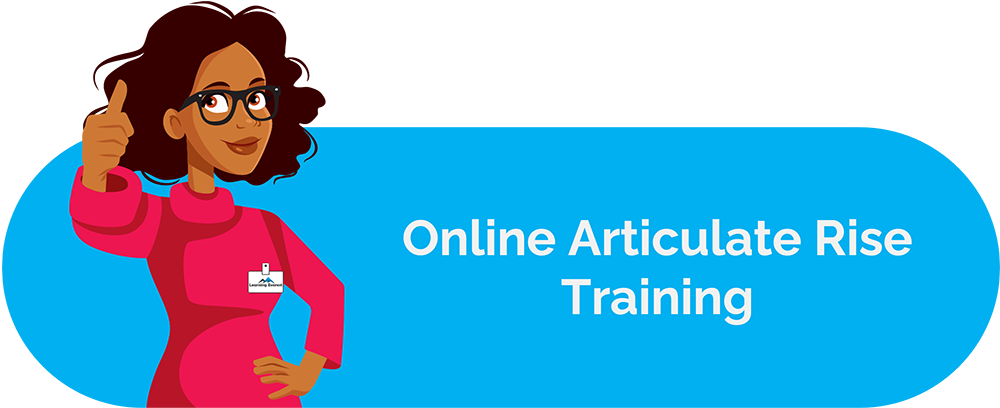This case study is about developing a custom bundled eLearning battery for process training needs of a leading chocolate manufacturer.
About the Client
The client is a world leader in manufacturing high-quality chocolate and cocoa products that has been in the chocolate industry for over 17 decades. Their extensive experience and commitment to providing the highest quality products has made them one of the biggest players in the chocolate industry.
Our client is a B2B company, well-versed in supplying the finest cocoa products to chefs, artisans, chocolate product manufacturers, and vendors.
In their time in the industry, they have spread their roots to over 40 countries in the world and employ more than 13,000 employees in 60+ facilities. Their revenue in 2022 surpassed US$8 billion.
The Relationship
Our partnership with the client began when they approached us with the intention to strike a long-term collaboration to develop a large volume of eLearning courses for their organization-wide training initiatives.
Our team at Learning Everest had just the right skill set for tackling bundled eLearning projects given our rich experience with producing standardized eLearning batteries for other clients. Thus, we were up for this opportunity.
Over time, we have successfully completed multiple eLearning courses with this client and new projects are always on the horizon. The next step in this partnership is to translate their courses into 5 different languages, which will also be handled by us.
The Client’s Requirement
The client’s primary requirement was to turn their various process trainings into short eLearning courses of 40 – 60 minutes. These processes included various steps in the chocolate-making process, logistics operations, asset management, finance, maintaining a clutter-free workplace and several other topics. The client’s goal was to digitize their training content and create resources for a comprehensive operational excellence initiative.
The aim of this operational excellence initiative was to improve business performance through greater internal mobility facilitated by cross-functional skill-building in employees.
By turning these process trainings into eLearning modules, they hoped to implement the Japanese ideology of reduction/elimination of Muda, Mura, and Muri which emphasizes a lean workflow and the reduction of wasted time, energy, and effort.
The Solution
Each training module had a pre-defined learning path that had to be followed in sequence because the training content dealt with step-by-step procedures. This also allowed us to ensure that the duration of each course remained under the time frame the client had in mind.
As the courses were part of a larger initiative, we made sure to stick to the client’s branding guidelines and conducted various quality checks to ensure there was visual consistency among each separate training.
The content load on each screen was fairly light and was enriched using illustrations provided by the client. Since the courses were to be taken within the flow of work and were introductory in nature, they could not be very interactive. However, engagement was still a must, thus, simple interactions such as hotspots, click-and-reveal, and tabs were utilized.
Each course also had several knowledge check questions and a quiz at the end with objective-type assessment questions. Interactivities were also brought in during knowledge checks through drag-and-drop functionalities.





